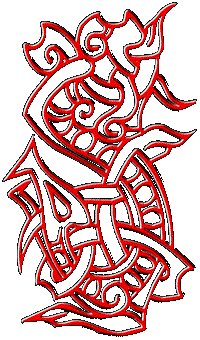Teachers Notes for Ancient Games There are many subjects that can be involved with the making and playing of ancient games. Some games include aspects of numeracy in their moves, which is an obvious point, but mathematics and measurement can also be incorporated into the marking out of the boards as well. Many of the ancient game boards
that have been found were lavishly decorated and made from a wide variety of materials. Games can be made as simple as a piece of paper with the board drawn on it with squares of card or coins for counters. Alternatively a board could be painted or even stitched onto a circle of cloth with a drawstring threaded around the edge making a simple bag to keep the counters in. Counters can be made from a variety of found objects like
pebbles, seed pods or sticks cut into discs. Clay or other modelling materials can also be used. Opposing pieces can be identified by different coloured materials, markings or painted designs. Try looking out for scrap stores or play resource centres which can often supply unusual materials and items that can make a real difference. It is worth pointing out to the children that in a few simple
steps they have made a game for themselves just like children of the past had to. With no television, computers or Gameboys people of the past made their own entertainment’s in ways that are almost forgotten today. I was very impressed when I arrived at a school to do a Viking Talk one day, to be told that following my last visit some of the children had been teaching others in the school how to play Taabel in the playground with just a piece of chalk and a
few pebbles. From tiny acorns and all that... | 
